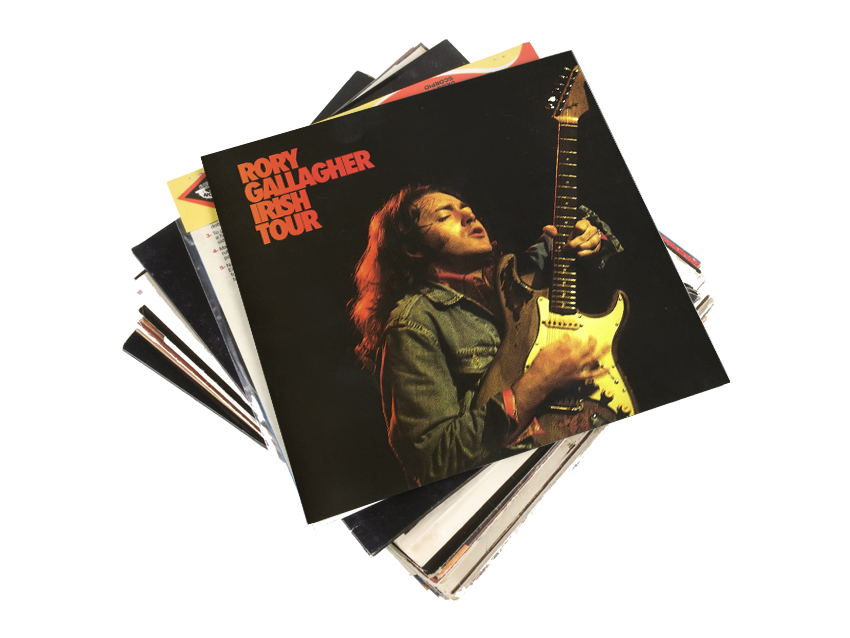The best Stratocaster players of the 1970s
From Eric to Rory and beyond
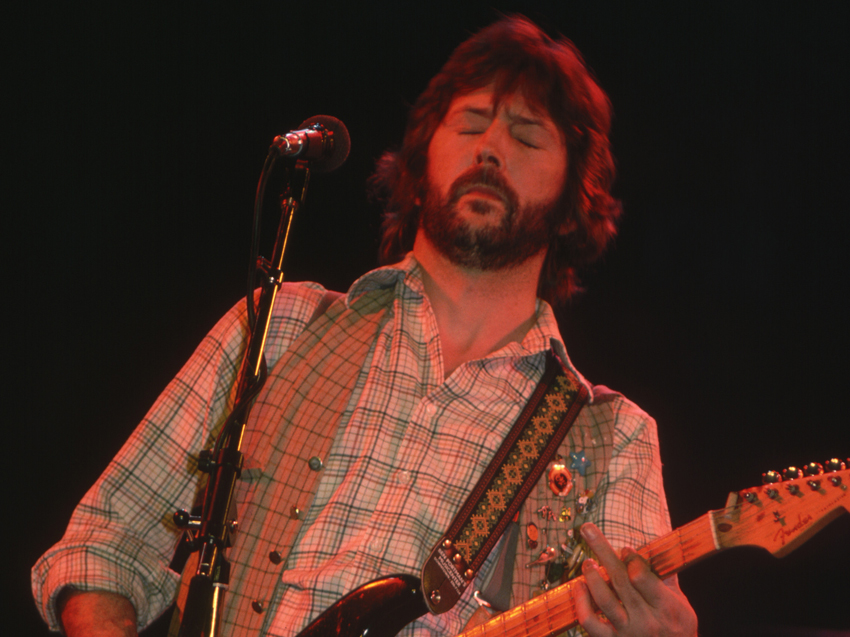
Eric Clapton
By the end of the 1960s, 24-year-old Eric was already a guitar hero, having played with The Yardbirds, John Mayall’s Bluesbreakers and Cream.
His guitars of choice had been Fender Jazzmasters and Telecasters, Gibson Les Pauls, ES-335s and SGs. However, once he unleashed the opening riff of Layla in 1970 – played on a 1956 sunburst Strat called ‘Brownie’ – Clapton and the Stratocaster were inextricably linked.
‘Brownie’ saw action during Eric’s early 70s blues-rock heyday; his other celebrated Strat, ‘Blackie’, fashioned by Clapton out of three ’56 and ’57 model Strats, was his main guitar from 1973 until 1985.
Since Eric’s return to his blues roots in the late 80s, his Strat tones have come from Fender’s EC signature models. The noiseless pickups and mid-boost circuit are the key to Eric's sound of the last 25 years.
Here he is giving Blackie a work out on UK TV in '77...
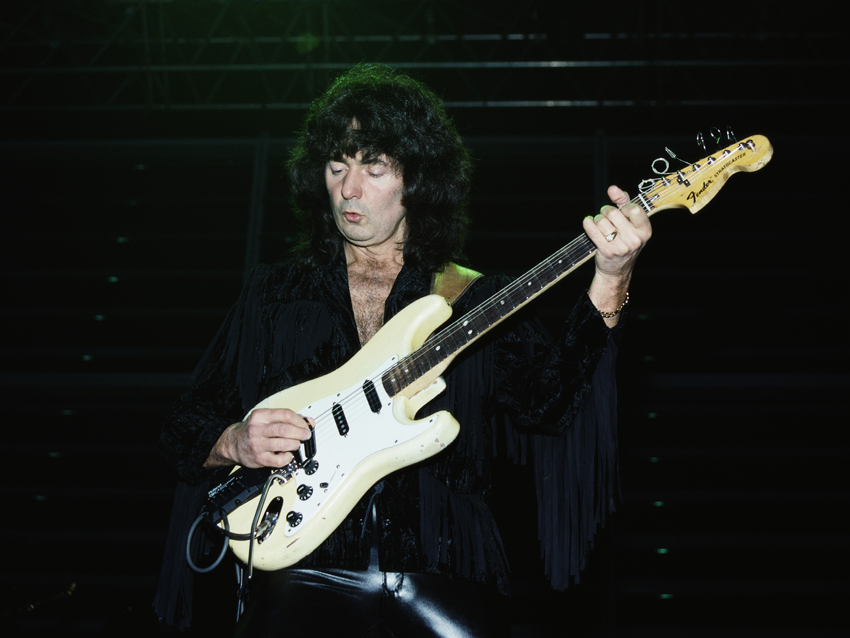
Ritchie Blackmore
Weston-Super-Mare's only bona fide guitar hero, Blackmore did marvellous things with a Strat while blazing a trail through Deep Purple and Rainbow.
And that included smashing the beejesus out of them. Neoclassical shred, and the very existence of Yngwie Malmsteen in the guitar world, owe a heavy debt to Blackmore’s hands, but his allegiance to the model that he’s become synonymous with took a while.
Up until Child In Time, from the classic 1970 Purple album In Rock, Blackmore had used his ‘61 ES-335 to cut every solo in the studio. But after he saw Hendrix live, he went on the Strat attack with the larger headstock 70s models – often literally: smashing them at the end of shows.
But one of his favourites, the 1974 Sunburst model he used in one of his finest performances – in Munich with Rainbow in 1977 – at least lasted until 1980, when its headstock was broken off onstage.
Here's Ritchie showing how it's done live in the early '70s:
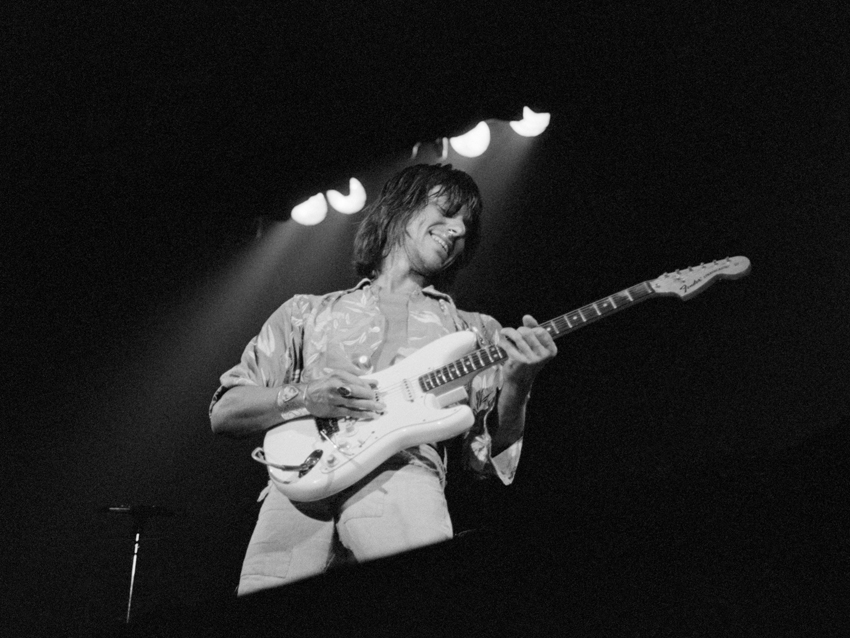
Jeff Beck
That can't be a standard Strat. Those can’t be human hands. He cannot be of this earth. Such thoughts strike you when you see Jeff Beck in full flight.
For the 69-year-old, the Strat isn’t just an electric guitar, but a magic wand that has captivated him from childhood. “We stood there motionless, salivating, for at least five minutes," he recalls of his first schoolboy sighting in the window of Jennings Musical Instruments on Charing Cross Road.
“We were completely freaked out.” Of course, every player on this list has dragged the Stratocaster into bold new territories. But when this pickless, peerless master achieves lift-off on his long-running signature model, the instrument has never sounded more like Heaven, as with a tickle of the whammy, a swell of the volume pot and a perfectly weighted bend, he creates an ethereal swoon like the orgasmic moan of a humpback whale.
Here's Jeff making his Strat sing in the early '70s...
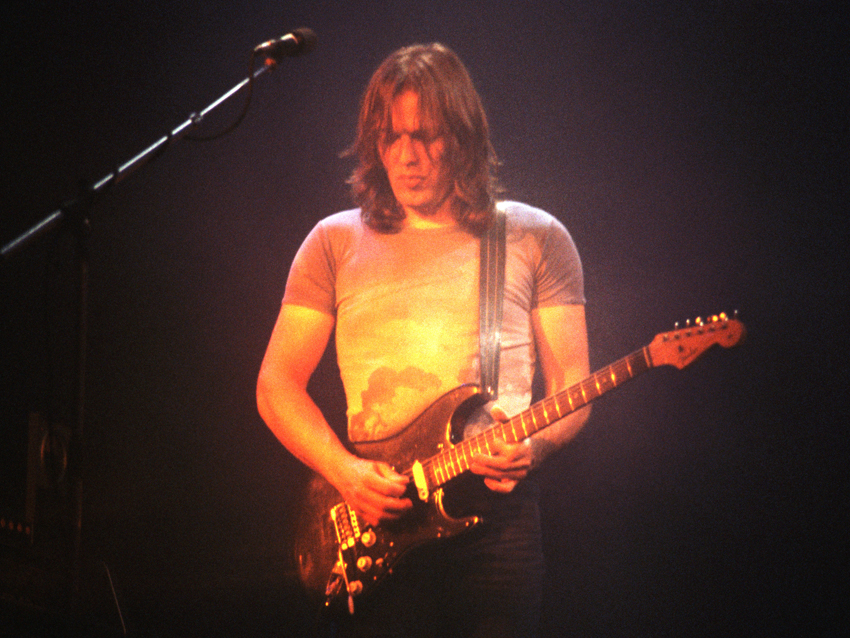
David Gilmour
A man known not just for what he does with his Strats, but the stories behind them, too. Especially the pièce de résistance of his guitar collection: the #0001 Stratocaster.
Understandably with a number like that, there’s great interest surrounding the guitar’s origins – though it is unlikely to be the first production Strat.
Gilmour purchased the guitar from his long-time tech Phil Taylor in around 1977, though it took some understandable arm-twisting. ”Eventually, Phil wanted to borrow some money to buy a house, so I blackmailed him!” David explained. “I said the only way I’d lend him the money to buy the house, was if he sold me the white Strat...”
Guitarist’s David Mead examined the guitar in 1986 and suggested it could well be a genuine 1954 model, and it’s great that it’s still being played by the man himself, rather than a museum piece.
Just like Gilmour’s far more modded mainstay, late 60s ‘Black Strat’ (neck now replaced) and his 1983 ’57 red reissue. “There’s something in the thinness and particular range a Strat has that makes it a Strat,” he says of their unique appeal. Leo would be proud.
Here's the #0001 Strat in action with Pink Floyd, playing Atom Heart Mother live in 1970.
MusicRadar is the number 1 website for music makers of all kinds, be they guitarists, drummers, keyboard players, djs or producers...
- GEAR: We help musicians find the best gear with top-ranking gear round-ups and high- quality, authoritative reviews by a wide team of highly experienced experts.
- TIPS: We also provide tuition, from bite-sized tips to advanced work-outs and guidance from recognised musicians and stars.
- STARS: We talk to musicians and stars about their creative processes, and the nuts and bolts of their gear and technique. We give fans an insight into the actual craft of music making that no other music website can.
